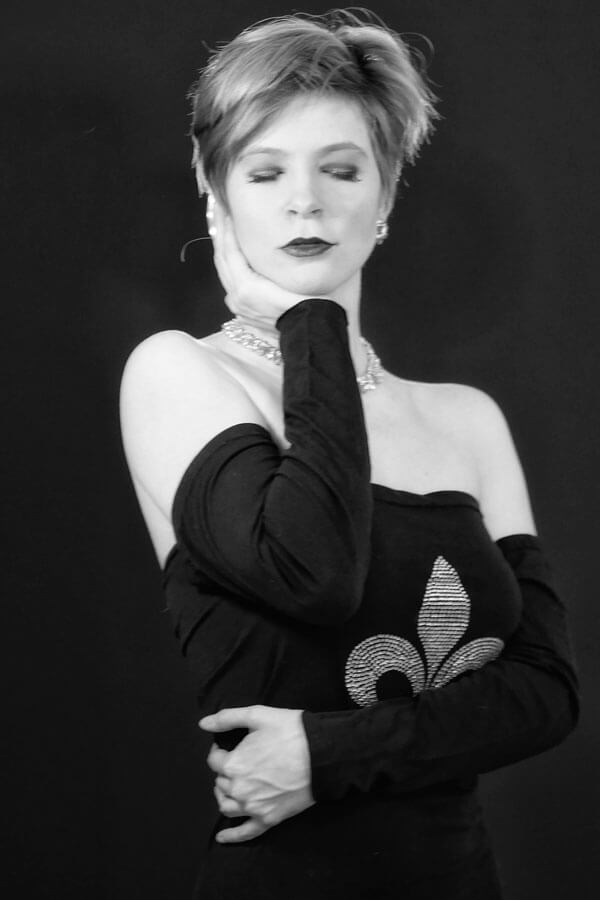Buzzwords for LED Studio Lighting
Today’s Post by Joe Farace
In the studio, I prefer to work with my Panasonic Lumix GH4 or Olympus EM-10 and increasingly with LED lighting. It’s cool (for the subject, when compared to “hot” quartz lighting,) it’s continuous and Metternich is a snap—just use the in-camera meter.
 Working with LED lighting systems in the studio introduces you to terms like lux, lumens and foot-candles. A lumen (luminous flux) is equivalent of 1.46 mW of radiant electromagnetic power at a frequency of 540 THz. Lux is a unit of illumination equal to one lumen per square meter or the equivalent of 0.0929 foot-candles. Sekonic’s
chart
compares Exposure Value to foot-candles and lux.
Jim Beecher’s chart
converts EV into shutter speed and lens apertures if only on an order of magnitude basis.
Working with LED lighting systems in the studio introduces you to terms like lux, lumens and foot-candles. A lumen (luminous flux) is equivalent of 1.46 mW of radiant electromagnetic power at a frequency of 540 THz. Lux is a unit of illumination equal to one lumen per square meter or the equivalent of 0.0929 foot-candles. Sekonic’s
chart
compares Exposure Value to foot-candles and lux.
Jim Beecher’s chart
converts EV into shutter speed and lens apertures if only on an order of magnitude basis.
The Color Rendering Index (CRI) was introduced in 1948 and has a scale from zero and 100 that measures a light source’s ability to accurately reproduce color. At 80 a light reproduces 80% of the visible color spectrum while a CRI of 100 accurately reproduces the colors found on a sunny day at noon.
For photographers serious about their craft, it’s not just the way that light from LED sources are measured it’s also the quality of that light that’s important. Not all LEDs are created equal and based on my experience testing different systems there doesn’t seem to be a direct correlation between price and quality. Although some cheap LED lights reflect their price point others are surprisingly good, just as some expensive LEDs systems are not that great producing a spectrum with missing color and spikes in others.
Your eyes automatically adjust for any missing color bands or spikes but your camera cannot and difference results in more time spent in the digital darkroom trying to get the color correct. I bought a Diffraction Grating Spectroscope (they are widely available on eBay for less than $50) that will let me visually inspect a light source’s spectrum and actually see peaks and missing color bands.



